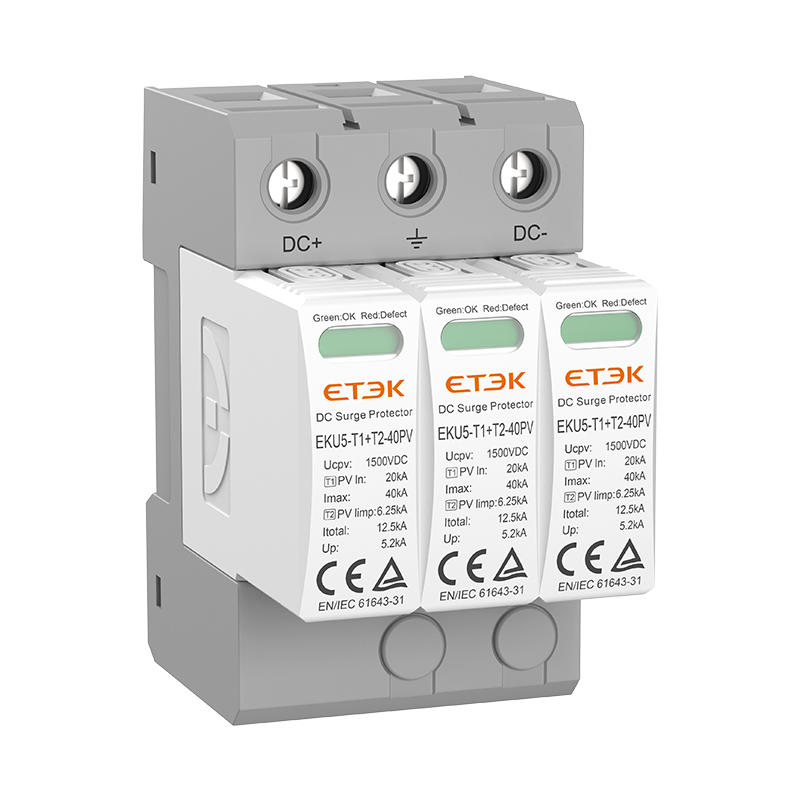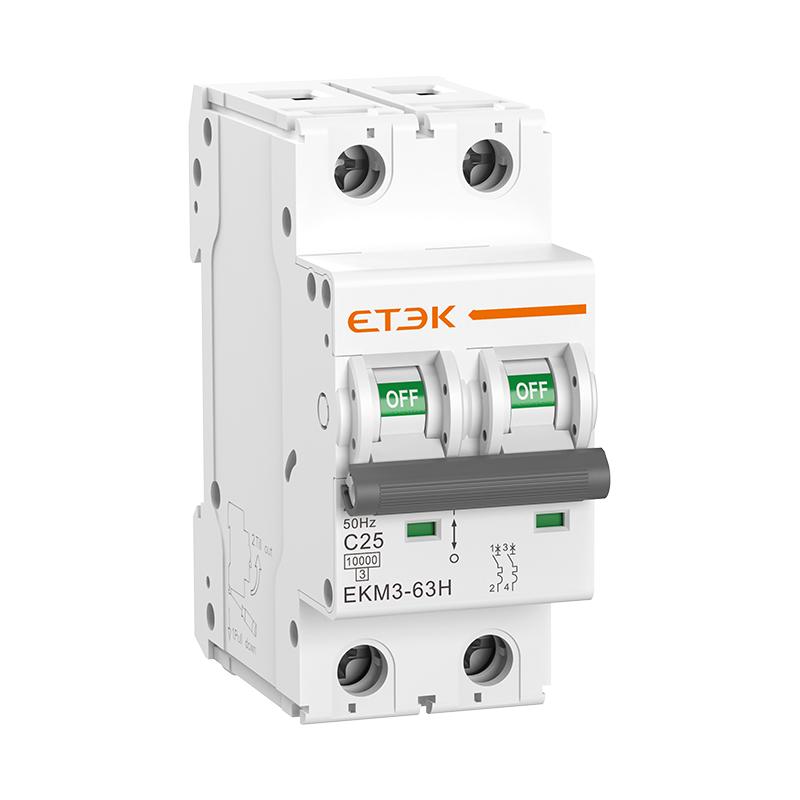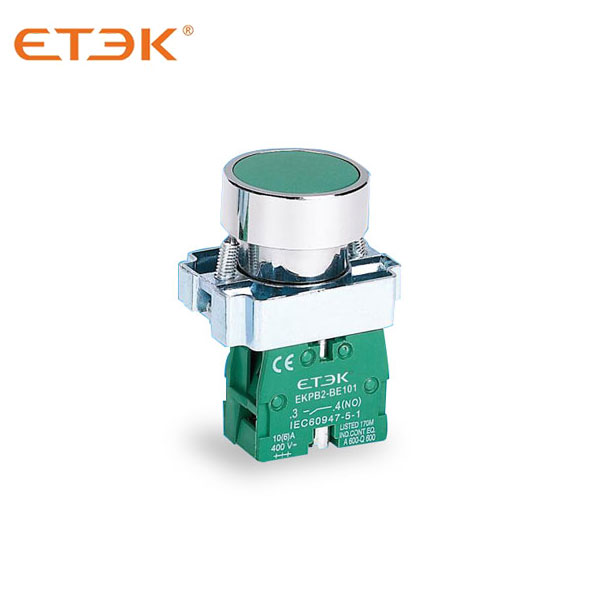What are the Main Components of a Contactor?

A contactor is an electrical device used to control the flow of electricity to loads such as motors, lighting circuits, heaters, and other electrical devices. Essentially a motorized switch that remotely controls high power circuits.
What are the main components of a contactor?
1. Coil
A coil is an electromagnet that generates a magnetic field when energized.
Typically controlled by a low voltage control circuit and used as an input to activate a contactor.
2. Contact
The contacts are the switching elements of the contactor. It consists of static contacts and moving contacts.
When the coil is energized, the magnetic field attracts the movable contacts, closing the circuit between the fixed contacts and allowing current to flow through the load.
3. Shell
The contactors are mounted within the housing to provide protection and insulation for internal components.
Enclosures are typically made of non-conductive materials and may include features such as mounting brackets, terminals, and protective covers.
4. Auxiliary contacts
Some contactors have auxiliary contacts, which are additional sets of contacts that can be used for control signaling, interlocking between devices, or signaling purposes.
These contacts are usually mechanically operated by movement of the main contacts.
What is the difference between contactors and relays?
Contactors are designed for high-power applications, unlike relays, which are typically used in low-power control circuits. Contactors are designed to handle higher currents and voltages, making them suitable for controlling heavy loads in industrial environments.





.jpg)





